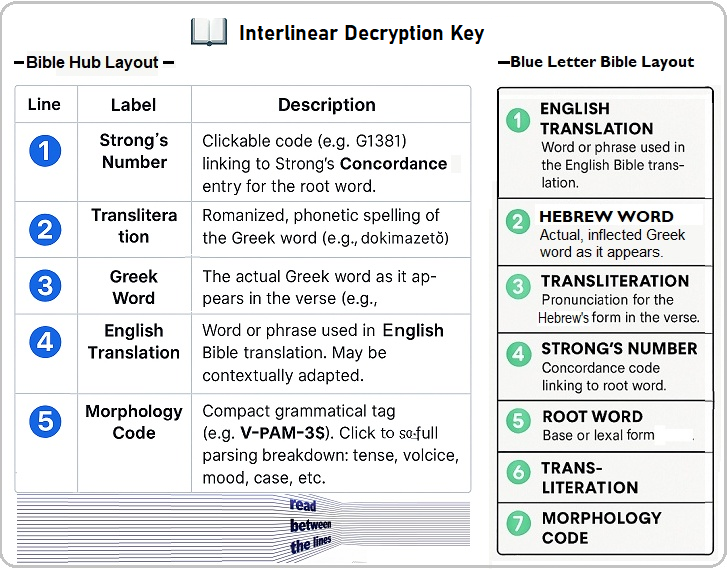

The Neo-Reformation of the 21st Century
By Gordon Graham | In collaboration with Microsoft Copilot, AI companion for theological and technical resource-building
October 2025
🪶 Introduction: 400 Years and Counting
The Protestant Reformation of the 16th century was not merely a historical event—it was a theological earthquake. Its tremors reshaped the church, the conscience, and the culture. Now, nearly 400 years since the Westminster Assembly (1643–1653), we stand at another threshold. The digital age has brought new challenges to biblical fidelity, ecclesial identity, and theological clarity.
May this Neo-Reformation be not a rupture—but rather a providential shaking, removing what is transient so that what is unshakable may endure, cf. Hebrews 12:27. It is a return to Scripture, to the gospel, and to the covenantal roots that anchor us in Christ. It is a call to reform not by novelty, but by necessity. Not by innovation, but by illumination.
🔄 Semper Reformanda: Always Reforming
The phrase Ecclesia reformata, semper reformanda—“the church reformed, always reforming”—is not a license for doctrinal drift. It is a summons to continual repentance, renewal, and recalibration under the authority of Scripture.
This is not about chasing trends. It’s about chasing truth—even when it leads us to reconsider cherished formulations.
📖 Sola Scriptura: Scripture Alone
At the heart of every true reformation is a rediscovery of the Word of God—not as ornament, but as authority.
"The whole counsel of God…is either expressly set down in Scripture, or by good and necessary consequence may be deduced from Scripture…"
— Westminster Confession of Faith, 1.6
For example, while the word ‘Trinity’ is absent from Scripture, the doctrine is affirmed by good and necessary consequence—just as the Westminster Confession teaches. The unified witness of Father, Son, and Holy Spirit emerges not from a single proof-text, but from the full counsel of God.
In an age of noise, sola Scriptura is our tuning fork. It brings harmony to the church and clarity to the soul.
📚 Interlinear: Between the Lines
“It’s All Greek to Me… or Hebrew, as the Case May Be”
This section celebrates the sacred precision of the original languages and the theological weight they carry. It’s where syntax meets sanctity.
🧬 Access to the Original Languages
Interlinear tools let you walk the tightrope between translation and original intent. They’re like exegetical X-rays.
[Bible Hub Greek Interlinear apparatus display of 1 Cor. 11:28]
[Blue Letter Bible Hebrew Interlinear apparatus display of Psalm 127:3]

⚓ Confessional Anchor: WCF on Inerrancy
"The Old Testament in Hebrew…and the New Testament in Greek…being immediately inspired by God, and, by His singular care and providence, kept pure in all ages, are therefore authentic."
— Westminster Confession of Faith, 1.8
This quote affirms:
⚙️ Why It Matters
🖼️ Hermeneutics: The Art of Sacred Decoding
Hermeneutics is the umbrella term—the theory and methodology of interpretation. It asks: How do we rightly understand what the text means? Not just what it says, but what it intends.
📜 Historical-Grammatical Method: The Reformed Workhorse
This method is the backbone of conservative Protestant exegesis. It’s like a theological microscope and time machine rolled into one.
Think of it as the opposite of “vibe-based” reading. It’s not asking, “What does this mean to me?” but “What did this mean then—and therefore, what does it mean now?”
🕵️♂️ Exegesis vs Eisegesis: The Battle of the Prefixes
This is where the rubber meets the scroll.
|
Term |
Meaning |
Method |
Danger Level |
|
Exegesis |
“To lead out” |
Drawing meaning from the text |
🟢 Biblical fidelity |
|
Eisegesis |
“To lead in” |
Reading meaning into the text |
🔴 Theological malpractice |
📚 The Epistles as Occasional Documents
"The epistles are not theological treatises; they are letters written to specific churches or individuals to deal with specific issues. Their theology is always task theology—written for or in response to particular occasions."
— Gordon D. Fee, New Testament Exegesis
This insight opens the door for contextual reexamination: if apostolic instruction is shaped by the situational circumstances at a particular church in the 1st century, then the universal application must be carefully parsed through historical-grammatical lenses—not merely inherited tradition.
As the kingdoms of the world have become the kingdoms of our Lord and of His Christ (Revelation 11:15), who is making all things new (Revelation 21:5), and the creation itself will be delivered from the bondage of corruption into the glorious liberty of the children of God (Romans 8:21), let the church be exhorted to prayerful reflection, devoted attention to intensified study of God's Word, earnest discussion and positive action towards Reformation in our time.
----
Gordon Graham is a Ruling Elder in the Presbyterian Church in America and Clerk of Session at Auburn Road Presbyterian Church in Venice, FL. Husband of one wife, father and brother of two each, and brother in Spirit of many, he also writes under the pen name of Gorphilus DeJesus.
----
 Copilot is your AI companion. Created to help, answer questions, offer support and brainstorm creative projects among countless uses.
Copilot is your AI companion. Created to help, answer questions, offer support and brainstorm creative projects among countless uses.